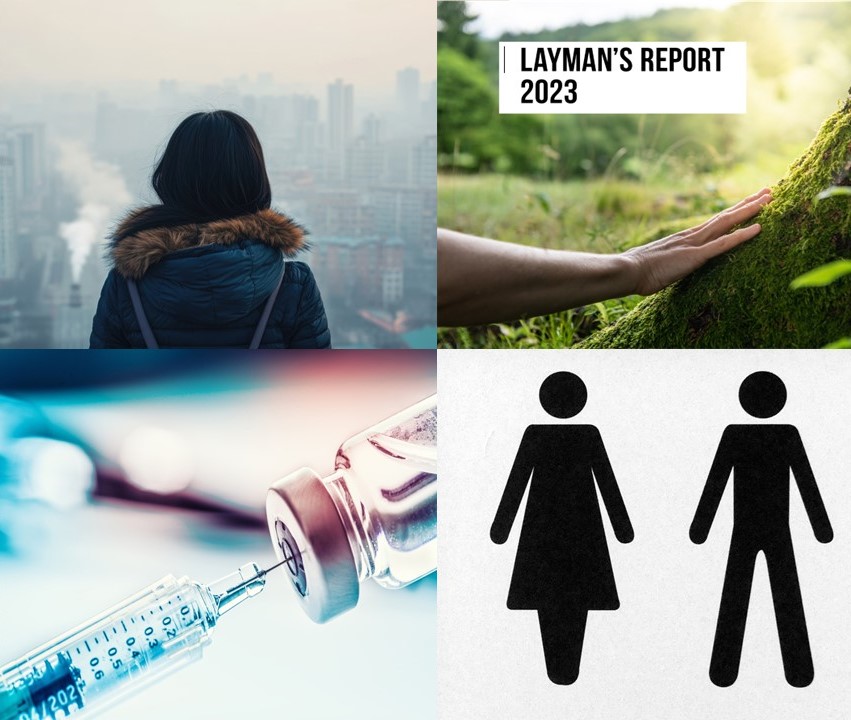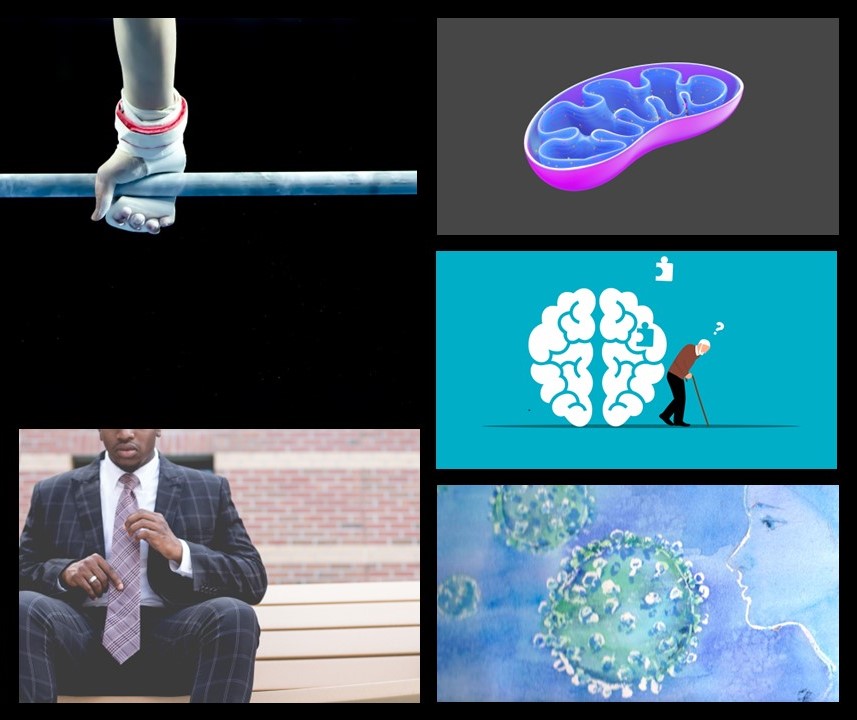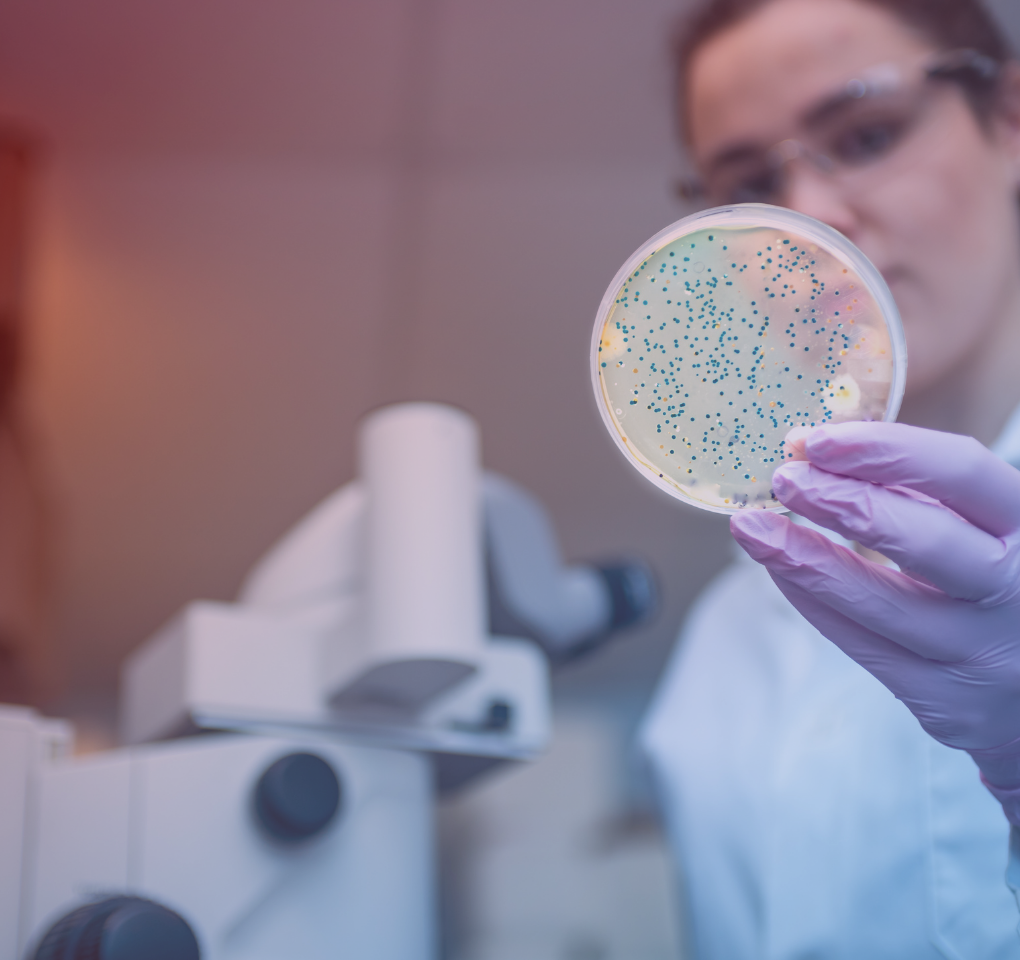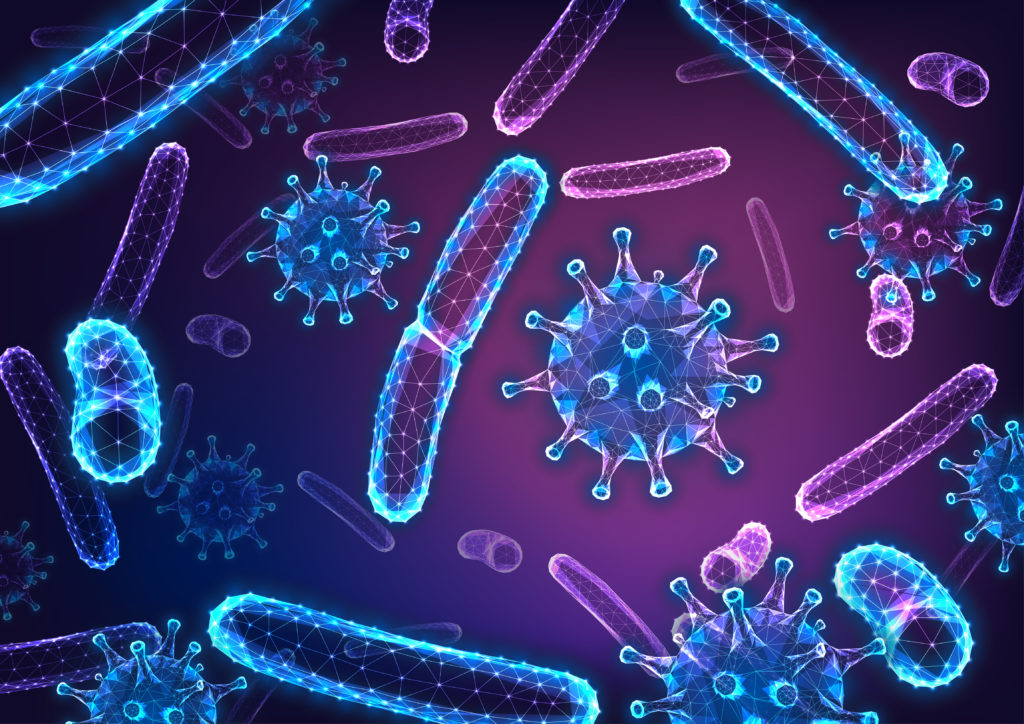COVID-19: how could virus mutations affect current and future vaccination strategies?
25 February 2021
The mRNA technology is often discussed in the context of vaccine development against SARS-CoV-2. Prof. Stephanie Kreis, Associate Professor at the Department of Life Sciences and Medicine at the University of Luxembourg, is a virologist by training who is now working in cancer research. She explained to us in her interview how virus mutations could affect current and future vaccination strategies.

Can you briefly explain what a virus is and what it does?
A virus is a small particle in which genetic material in the form of RNA or DNA is encapsulated by lipids and proteins. As they cannot live on their own, viruses are not considered living organisms as such. Instead, they need to infect a host cell where they hijack the molecular machinery and resources to replicate themselves to infect even more cells. There are thousands of different viruses out there many of which are still unknown. Typically, each virus has a specificity towards a certain host or cell type and thus only infects certain species, including humans.
An infection is started when surface proteins of the virus attach to specific receptors on the cell being infected. In the case of SARS-CoV-2, the new coronavirus, this is the so-called spike protein. It connects to ACE-2, a molecule that is present on many different cell types in our body. After docking to this receptor, the virus releases its own genetic material (RNA) into our cells and this RNA serves as a blueprint to generate and assemble new virus particles. Viruses have the ability to turn our own cells into virus-producing factories and the released particles then go on to infect other cells and eventually other individuals. Luckily, our immune system has several clever strategies to deal with such an infection and to contain and eventually eliminate the virus.
How does a vaccination support the immune system in this?
By presenting a weakened virus or parts of a virus – such as the spike protein – during vaccination, we are priming our immune system, so that it can activate its lines of defence. As early as 1796, Edward Jenner performed the first well-documented vaccination of a young boy in England against smallpox virus. More than 200 years of research have yielded many different vaccines that have probably altogether saved more lives than any other clinical intervention.
How does vaccination work then?
The immune system recognises these vaccinated viral protein parts, also called antigens, and generates very specific responses and finally antibodies that detect these antigens. Upon a real infection with this particular virus, our immune system can now react much faster and more targeted to this virus so that the intruder has no time to replicate to numbers, which would make us feel sick. If the immune system is not primed either by vaccination or by previous natural infections, the viral replication cycles are usually faster than our immune response, so that we develop symptoms and get sick.
Furthermore, viruses constantly mutate and if the virus changes the composition of the key antigens, the previously acquired immunity might be impaired. Most likely, it will not disappear completely and all of a sudden, but it is possible that new viral variants are not efficiently recognised by our immune systems. This phenomenon is regularly seen with Influenza viruses.
Why and where do such mutations occur?
RNA-viruses such as SARS-CoV-2 are constantly mutating in a more or less random fashion. Most of these mutations do not change the composition or shape of the virus particle or become disadvantageous to the host. However, in the rare event that such stochastically generated mutants confer a survival advantage to the virus by allowing it to better adapt to an altered environmental condition or to escape an immune response or drug treatment, these variants will prevail. This is a normal evolutionary process not only seen in viruses but in all living organisms, including us. The only difference is that viruses, especially RNA viruses, mutate much more frequently and therefore it is important to routinely monitor the genetic sequences of pathogenic viruses. This knowledge is a pre-requisite to react quickly and adequately if we need to change the formulations of existing vaccines. These molecular epidemiological studies are performed for several important viruses around the world for many years already. We will now have to add Coronaviruses to this list of monitored viruses.
The UK-variant of SARS-CoV-2, which was among the first new variants to be reported in the media, has acquired small changes in the spike protein, which is also the target of our antibodies designed to neutralise the virus. The spike protein of SARS-CoV-2 consists of more than 1,200 amino acids, the building blocks of all proteins. Depending on which of these amino acids are deleted or exchanged, the impact on our immune response might be more or less critical. From all we know so far, the current vaccines are fully protective against the UK variant but might be slightly less effective against other variants.
How can the vaccination strategy be adapted fast enough to avoid the virus escaping the vaccinations?
Interestingly, the new mRNA-based vaccination technology might also offer ways to react quickly to emerging viral variants. The mRNA, which encodes the information needed to make a SARS-CoV-2 spike protein could be easily adapted to either encode other viral proteins or to code for the mutated variant of the spike protein. As the mRNA sequences are synthetically generated, they could be adapted to include the new sequences present in the UK, South African or other variants. It is even conceivable to combine several different mRNAs into one vaccine. This is an interesting and very promising development not only useful in the battle against coronaviruses.
Was mRNA technology used in the vaccination already established before?
Indeed, the COVID-19 vaccines developed by the German companies BioNTech, CureVac and the US-based company Moderna are the first mRNA vaccines approved worldwide. However, companies like BioNTech are working on mRNA-based therapies for far longer than a decade. Interestingly, this novel drug class was initially developed in the context of cancer treatment: Several clinical studies applying mRNA-based drugs have shown promising responses in late-stage cancer patients. Importantly, the safety profiles and assessments of these mRNA-based drugs have generally been very good even in severely ill, late-stage cancer patients; this was very important available knowledge when adapting the mRNA technology to anti-viral vaccines early last year. Given these promising data on mRNA-based cancer treatments and the current success with the SARS-CoV-2 vaccine, I am sure we will see more mRNA-based drugs in the future.
It is important to emphasise that the mRNA technology with all its components, including modes of delivery, synthesis, protection and modification of the mRNAs, etc. has been around for quite some time. The rapid adaptations to a successful vaccine were made possible by the pressure of a major pandemic and the concerted efforts and financial support of all stakeholders. The clinical trials starting in spring 2020 were performed according to common standard regulations. The vaccine trials involved several tens of thousands volunteers worldwide and have shown remarkable responses as the necessary components of our immune system are being successfully activated to provide protection against the virus. Moreover, observed and expectable side effects were overall very mild or absent.
What does this mean for the current vaccination strategy?
We have innovative, highly efficient and safe mRNA COVID-19 vaccines at hand and soon several other vaccines based on previously available technologies will follow. All vaccines getting approval in Europe have been thoroughly tested and can be considered very safe and efficient to prevent infections with SARS-CoV-2. The overall very mild side effects are by far outweighed by the benefits of vaccination not only for the individual but also for entire populations. Of course, we do not know yet if long-term side effects may appear but given the knowledge we have on vaccinations in general and mRNA biology in particular this is very unlikely. On the other hand, the potential long-term effects a natural COVID-19 disease might cause, are likely much more serious and frequent.
Last but not least, the longer the virus circulates at such high case numbers in the world, the higher the chances for new and potentially more harmful variants to appear. High vaccination coverage is the most efficient way to stop this vicious circle and to allow us all to get back to a normal life.
This article was originally published by the University of Luxembourg








